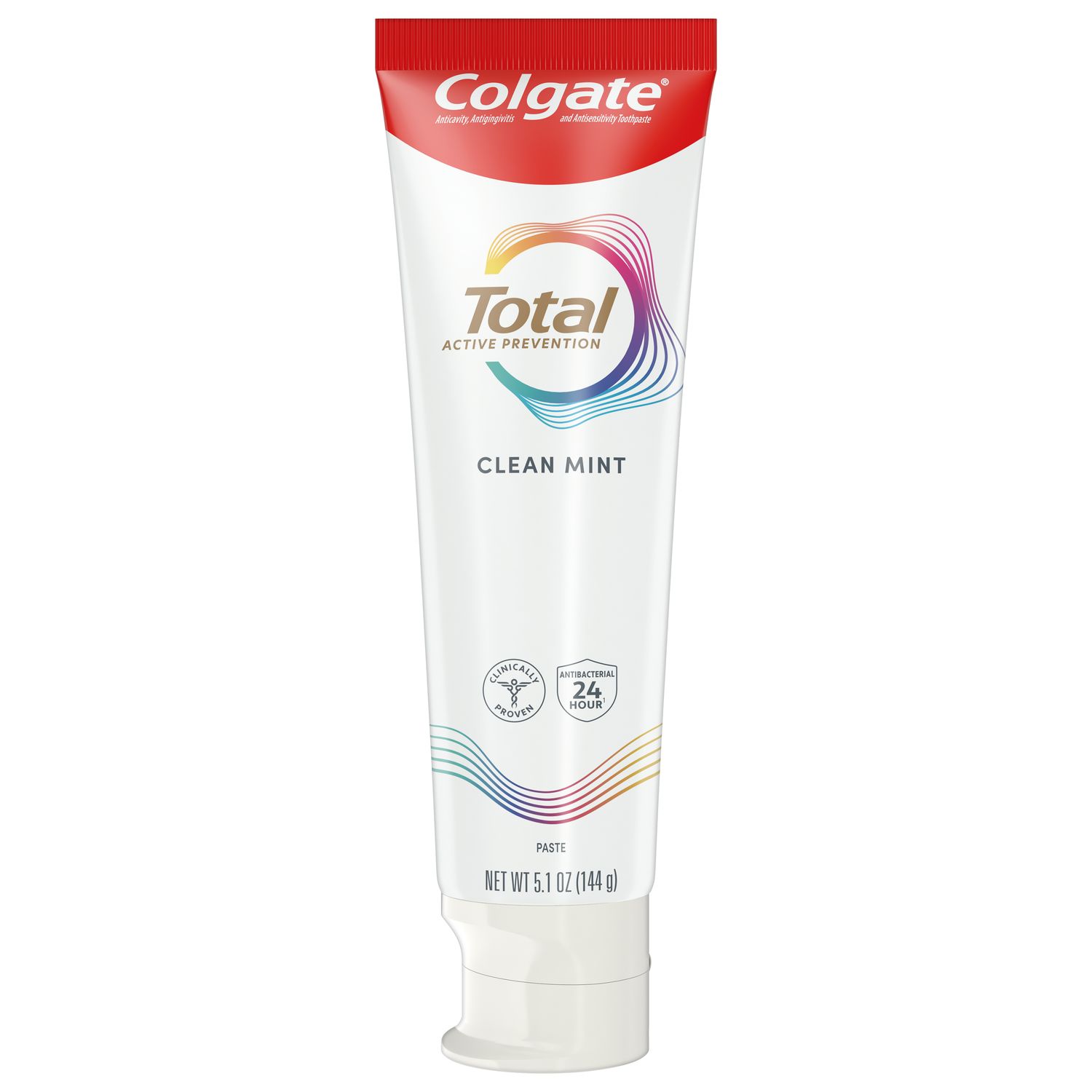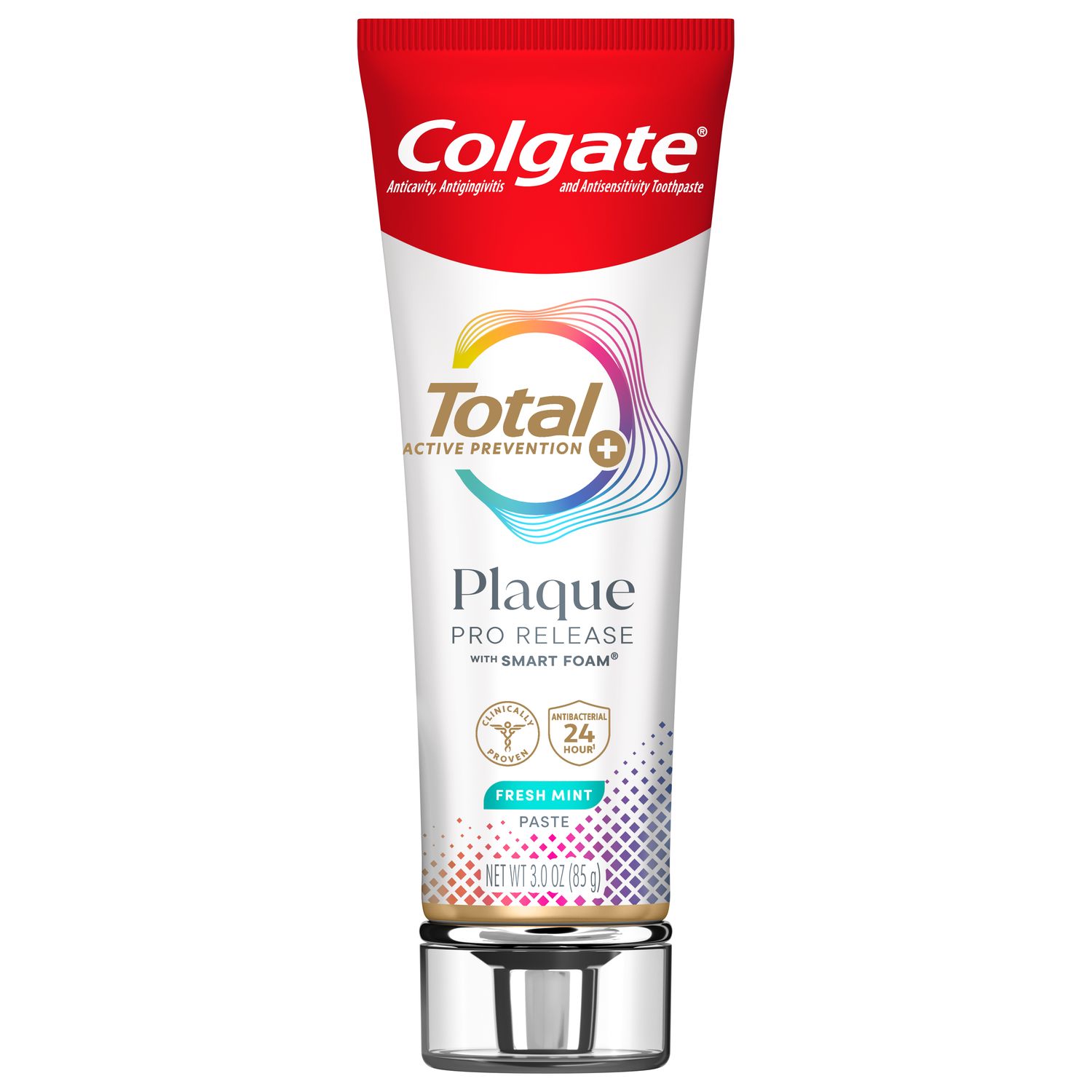
It is important to properly analyze what state of change your patient is in by asking open-ended questions. Here are some more details about how the model relates to your patients and what you can do during each stage.
Almost half of Americans over 30 years-of-age have periodontitis, reports the Centers for Disease Control and Prevention. This is a statistic that all dental professionals want to change. Changing patients' oral health habits can be difficult due to many barriers. Still, it's a dental hygienist's job to help patients break down those barriers to change their oral hygiene habits. One established method of behavior change used in health care is the transtheoretical model of behavior change.
According to this model, a person must go through a five-stage process to make a positive change in a habit. Dental hygienists can help patients by understanding the model and knowing what information would help them at each stage. A patient can progress or regress throughout the transtheoretical model of behavior change, so keeping them motivated is one of the most important aspects.
It is important to properly analyze what state of change your patient is in by asking open-ended questions. This will make sure your recommendations align with your patient's mindset of change. Here are some more details about how the model relates to your patients and what you can do during each stage.
Pre-Contemplation
During this stage, your patients don't think they need to change their oral health habits. They may have a healthy mouth now, but they lack habits, like flossing, that will preserve their oral health in the future. Alternatively, the patient may have gingivitis or periodontal disease and could improve home care in more than one area. No matter what their oral condition is like, patients in this stage just don't want to change their behavior.
When you have patients in this stage, it is important to educate them as much as possible. Using intra-oral photos, radiographs, models, flip charts and Gum Health Physical (GHP) can be helpful.
GHP has an interactive probe that you can move to show your patient what healthy pocket depths are compared to advanced periodontal disease. It's helpful to take intra-oral photos before and after the cleaning so that the patient can see the difference. Using a disclosing solution chairside and sending your patient home with disclosing tablets can also be helpful.
Contemplation
Patients in the contemplation stage have thought about making changes in their oral health habits but have not yet made any changes. They want a healthier mouth but are not quite ready to act.
When patients are in this stage, you should explain the consequences of an unhealthy mouth. You can use the Colgate Professional Oral-Systemic Health resource center to print out an article or two for patients with whom you've struggled to see improvement. This approach may be successful because patients can see that their condition is serious enough for you to take the extra time to have information ready for them.
Under the Patient Education tab in the GHP tool, a video explains the progression of periodontal disease. This video can also help patients understand why they need to improve their oral hygiene habits to stop the progression of periodontal disease.
Preparation
During this stage, your patients have taken steps towards a change. They may have bought floss or a toothpaste and mouthwash but have not used the products yet. Patients at this stage are willing to try something different, but may not have opened the packaging to do so.
When patients are in this stage, it's helpful to demo how to floss and brush properly. You can show the flossing and brushing video in the Patient Education tab of GHP. Review the potential benefits of positive habits on their oral and systemic health.
Action
In the action phase, patients are following your recommendations from previous visits. They are motivated to make a change. Setting goals for your patients and creating reports in GHP that you can email or print for them can help them remain motivated.
Maintenance
During this stage, the patient executes your recommendations daily. To keep your patients motivated, applaud their good habits at future visits. You can follow up with patients by sending them a short text or giving them a quick phone call to see if they like a product you recommended and to check in on their status in the transtheoretical model of behavior change.
Takeaways
- Encourage patients during the transtheoretical model of behavior change stages to boost motivation and prevent regression.
- Customize reports using Gum Health Physical for patients to take home and remind them of what you discussed during their appointments.
- Make goals that are achievable in a reasonable time frame to help motivate your patients.
Why It's Important
Colgate created Gum Health Physical to help you break through barriers so you can help your patients improve their oral hygiene habits. When you support your patients through the stages of behavior change, they may be more likely to succeed in improving their oral health habits. GHP gives your patients something tangible to take home to help them remember what you discussed and recommended during their hygiene appointment.
Join us
Get resources, products and helpful information to give your patients a healthier future.
Join us
Get resources, products and helpful information to give your patients a healthier future.













